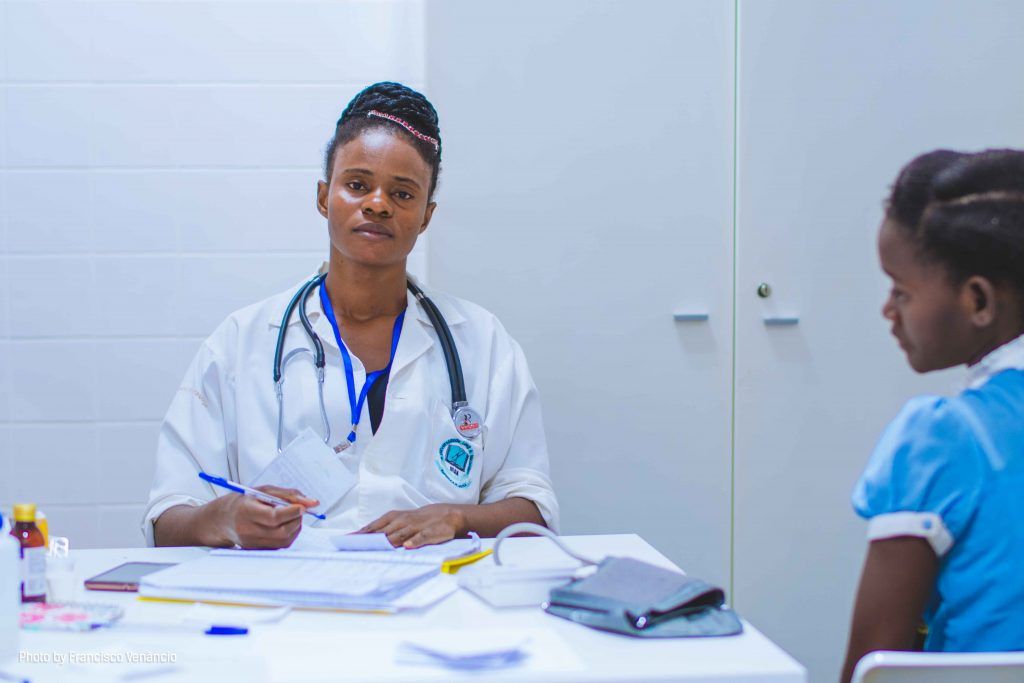
How To Become A Radiologist: Your Complete Guide
Is it your dream to become a radiologist? How do you do it? Check out this guide to discover how to become a radiologist.
Are you interested in a career that involves helping people? What about a career that involves using medical imaging technologies to diagnose and treat illnesses?
If this type of career sounds exciting to you, then you may have a future as a radiologist.
But, before you throw the towel in with your current job, there are some things you need to know about becoming a radiologist. Becoming a radiologist takes a lot of hard work and dedication.
So, before you jump into it, check out this guide to learn how to become a radiologist.
What is a Radiologist?
First things first, what exactly is a radiologist?
Radiologists are specialized physicians who utilize a wide array of medical technologies to diagnose and treat patients. The types of image modalities they use include X-rays, CTs ultrasounds, and MRIs.
Also, radiologists typically specialize in one of the following categories:
- Diagnostic radiology
- Radiation oncology
- Medical physics
- Interventional radiology
Within these four main categories, there are even more subfields such as pediatric radiology, nuclear radiology, and neuroradiology.
In addition to working with medical technologies, radiologists also correlate their findings with patients’ medical records. Some radiologists even perform surgical procedures to minimize damage to healthy tissue.
However, even though some radiologists work with patients, the majority of them work behind the scenes. The analyze studies, make diagnoses, and consult with physicians.
If you thrive on intellectual stimulation and like the idea of being a “behind the scenes” type of person, then this may be a great career for you.
How to Become a Radiologist

Now that you know a bit about what a radiologist does, let’s take a look at how to become a radiologist.
High School and Bachelor’s Degree
First things first, you’ll need a high school degree to become a radiologist, followed by a bachelor’s degree.
It’s very important that you receive your college degree from an accredited institution. It’s also very important that the college you choose will be accepted by any medical school.
It’s also a good idea to look into potential medical schools and see what they expect from an undergraduate program.
Also, while there is no bachelor’s degree in radiology, you’ll want to make sure you take as many science-focused classes as possible. It’s usually a good idea to major either in chemistry or biology.
Taking the MCAT
Once you’ve graduated from your undergraduate program, you’ll want to start studying for your MCATs.
The MCATs are basically the equivalent of the SAT or ACT for high school students. Your score on the MCATs will determine what kind of school you get into, and you’ll need a high enough score to be admitted to any medical school.
The test is 4.5 hours in duration, and it’s entirely multiple choice. It covers the following areas:
- Reasoning skills and critical analysis
- Social, psychological, and biological foundations of behavior
- Physical and chemical foundations of biological systems
- Biochemical and biological foundations of living systems
Basically, this exam is testing your ability to problem solve and think critically, as well as your general knowledge of science and medicine.
Become a Medical Doctor
In order to become a radiologist, you must first become a medical doctor.
There are three options you have when it comes to medical degree programs:
- An MD: The MD (medical degree), focuses on traditional methods of diagnosis, medical therapies, and treatments
- DO: The DO (Doctor of Osteopathic Medicine) focuses on the care and studies of the musculoskeletal system
- Combined program: You can also do a combined program that involves getting your MD and Ph.D. at the same time. With a dual degree program, you will be able to choose two career paths- one as a physician and one as a researcher
During medical school, you’ll also spend two years interning in a hospital or a clinic. During your internship, you’ll rotate through different medical specialties.
These specialties include:
- Family medicine
- Obstetrics
- Oncology
- Internal medicine
- And more
Complete a 4-Year Radiology Residency Program
After completing medical school, you’ll need to enter a 4-year residency program in radiology. There are approximately 218 radiology programs in the US, so you have plenty of options.
Typically, the first year is a preliminary year, while the rest will focus on radiology. During your residency, you’ll have the opportunity to work with patients, become familiar with different types of medical technologies, and learn to treat and diagnose diseases.
After you complete your residency, you’ll need to take exams to become board certified. Also, if you wish to specialize in a certain type of radiology, then you’ll need to enter a fellowship program. This typically takes one to two years.
Board Certification
While board certification is technically optional, it’s something that’s highly desired and often expected by employers
The following organizations offer board certification in radiology:
- The American Board of Radiology
- The American Osteopathic Board of Radiology
- The American Board of Physician Specialties
In addition to these board certifications, there are many continuing education opportunities for radiologists that can help you further your career. View here for more information.
Finding a Job
After completing all of your coursework, it’s time to start the job hunt. Luckily, the BLS estimates a 13 percent growth in the field of radiology over the next ten years.
This means there will be plenty of job opportunities for future radiologists. And, oftentimes you can find work with the hospital where you did your residency.
How to Become a Radiologist: Are You Ready?
As you can see, becoming a radiologist takes a lot of hard work and dedication.
Be sure to check out our blog for more career tips and tricks.
© New To HR


